The following ranking represents the top 20 favorite yoshoku (Japanese-style Western cuisine) dishes as voted by participants on “Minna no Ranking” (Everyone’s Ranking) during the year leading up to March 10, 2025.
“Minna no Ranking” is a Japanese voting-based website where users can enjoy rankings on various themes, from entertainment to lifestyle information. This platform offers valuable insights into Japanese food preferences.
When visiting yoshoku restaurants in Japan, referencing this list can help you make excellent menu choices and avoid disappointment. Use it as your culinary guide to authentic Japanese Western cuisine.
While not making this top 20 list, the “Okosama Lunch” (children’s meal) is also worth noting. These special sets feature child-friendly items like chicken rice, mini hamburger steak, omelets, and fried shrimp – perfect for families with young children.
Yoshoku restaurant menus typically offer two styles: individual dish plates (like hamburger steak with fresh vegetables) or combined dishes (like curry rice or omurice where the side dish and rice are integrated). Individual dishes usually come with rice and soup, while combined dishes often include a mini salad bowl and soup.
Price-wise, most yoshoku sets at regular establishments range from ¥1,000 to ¥1,500. However, beef-centric dishes like steak, beef stew, roast beef, or beef cutlets typically cost ¥2,500 or more.
Top 20 Favorite Yoshoku Dishes
1. Hamburg Steak (ハンバーグ)
86.9 points (voted by 727 people)
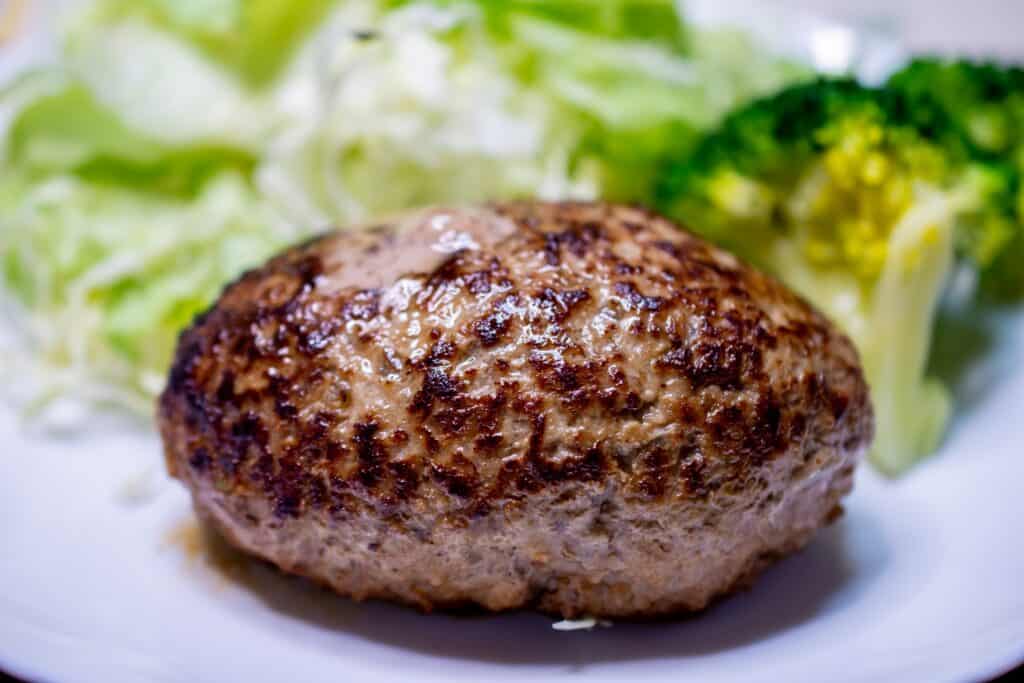
The undisputed champion of yoshoku cuisine, Hamburg steak is a Japanese interpretation of the Western hamburger patty. Unlike its American counterpart, it’s served without a bun and eaten with a fork and knife. The Japanese version features a juicy, tender meat patty typically made from a blend of ground beef and pork, mixed with sautéed onions, breadcrumbs, and eggs. It’s often served with a rich demi-glace sauce, though variations with oroshi ponzu (grated daikon with citrus soy sauce), teriyaki sauce, or cream sauce are also popular. Many restaurants pride themselves on their special hamburg recipes, with some adding cheese fillings or serving it on a sizzling hot plate.
2. Curry Rice (カレーライス)
80.4 points (voted by 379 people)
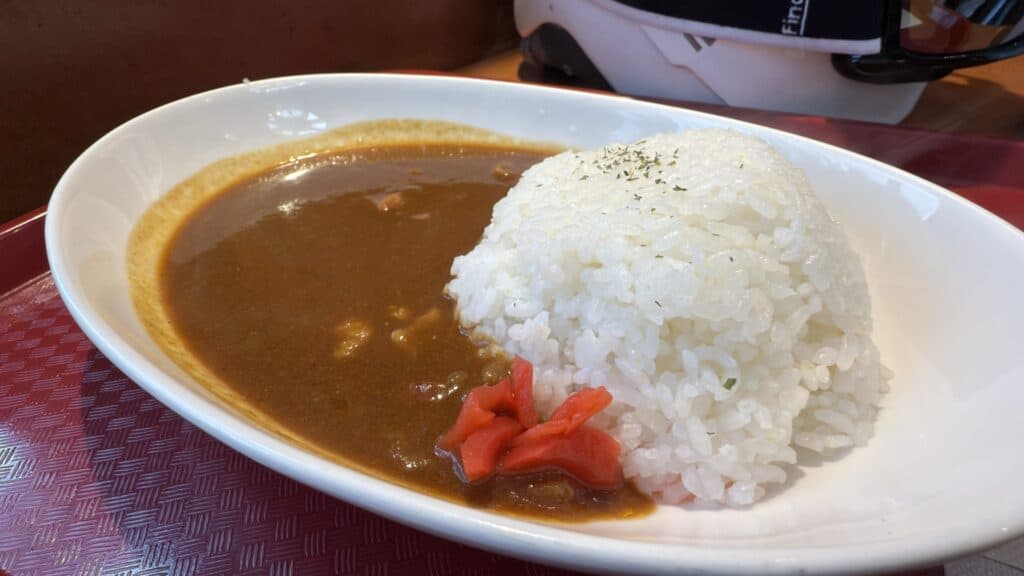
A national comfort food that bears little resemblance to its Indian ancestor, Japanese curry features a thick, mildly spiced brown sauce served over rice. The roux typically contains onions, carrots, and potatoes simmered with beef, chicken, or pork. The dish arrived in Japan via British naval officers in the Meiji era and has evolved into a distinctly Japanese creation. Modern variations include katsu curry (topped with a breaded pork cutlet), vegetable curry, seafood curry, and “dry curry” (a drier, more intensely flavored version). Many yoshoku restaurants develop their own secret curry recipes, often simmering the sauce for days to develop deep, complex flavors.
3. Steak (ステーキ)
84.7 points (voted by 414 people)
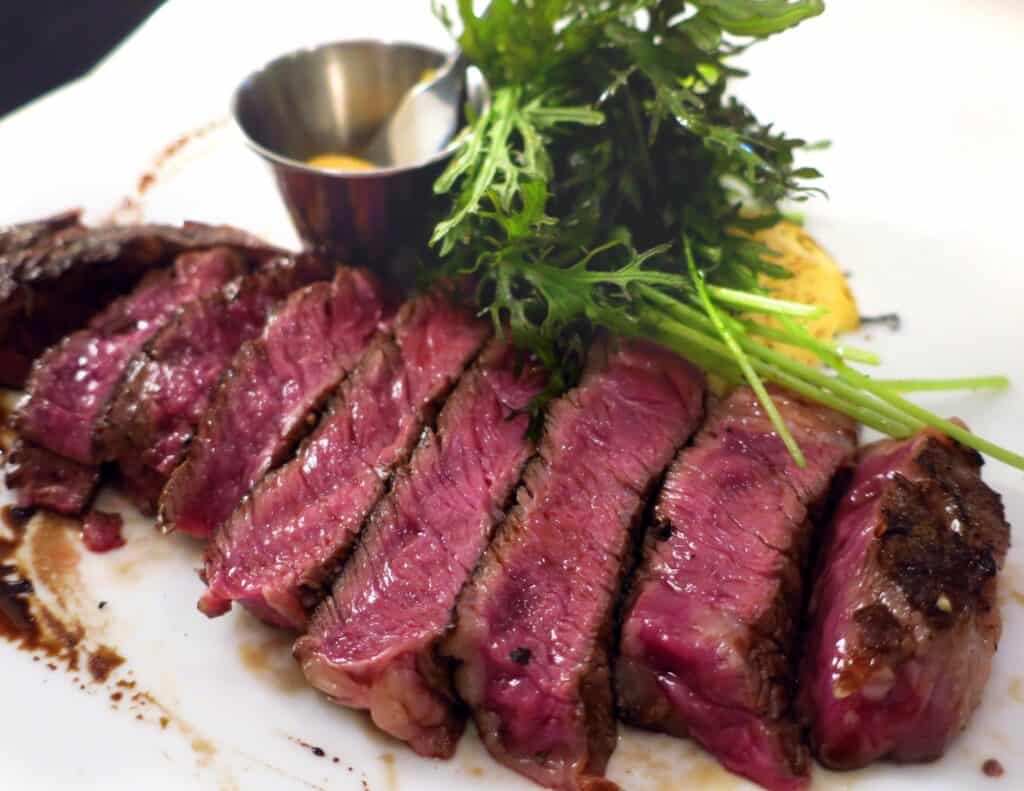
Japanese yoshoku steak emphasizes quality over quantity, typically featuring perfectly cooked, thinly sliced beef served with a side of vegetables and rice. While premium wagyu cuts are available at higher-end establishments, many casual yoshoku restaurants offer affordable domestic beef options. The steak is often served with a distinctive Japanese-style sauce – either a soy-based wafu sauce, a rich demi-glace, or garlic butter. Some restaurants specialize in “hamburg steak,” while others focus on thin-cut beef steaks that cook quickly and remain tender. The meticulous presentation, featuring precise cutting and elegant plating, distinguishes Japanese steak from its Western counterparts.
4. Omurice (オムライス)
79.8 points (voted by 455 people)
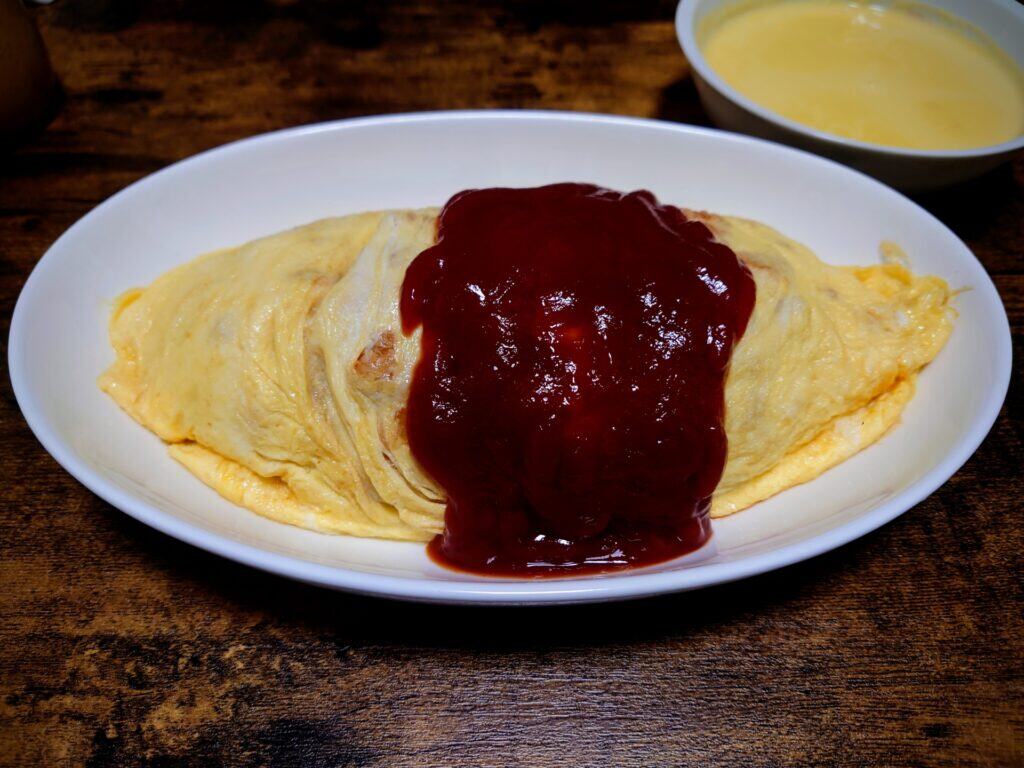
A quintessential yoshoku creation, omurice combines “omelet” and “rice” into a beloved comfort food. The dish features seasoned rice (typically fried with ketchup, chicken, and vegetables) wrapped in a thin layer of fluffy egg. It’s often topped with ketchup, demi-glace sauce, or cream sauce. Modern variations include “tornado omurice” with a dramatically swirled egg topping, and luxurious versions featuring specialty rice mixed with truffles or seafood. Some chefs have elevated this humble dish to an art form, creating perfectly smooth egg blankets that dramatically split open when cut, revealing the steaming rice inside.
5. Chicken Karaage (鶏の唐揚げ)
72.9 points (voted by 159 people)
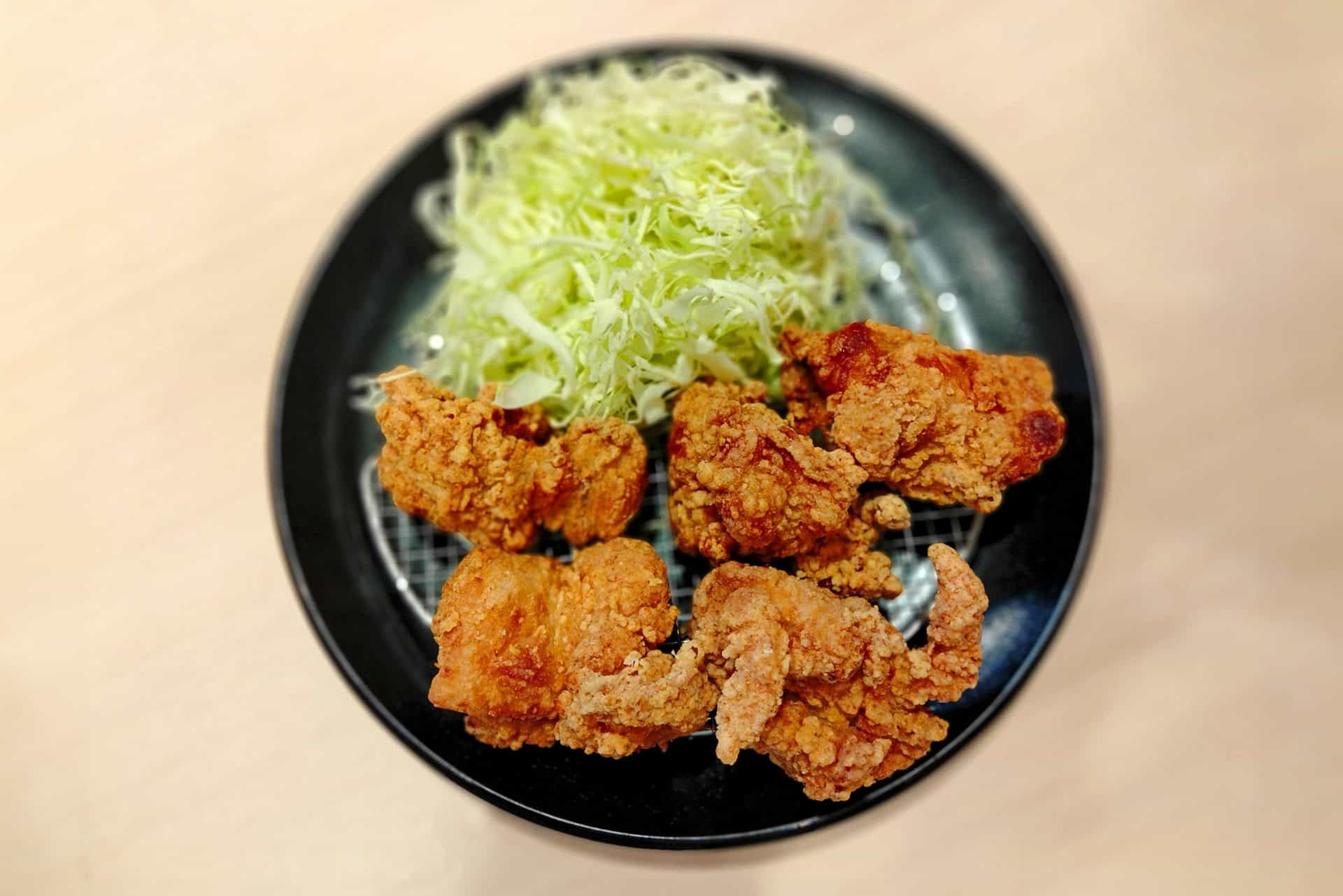
Though inspired by Chinese cooking techniques, karaage has been thoroughly incorporated into yoshoku menus. These Japanese-style fried chicken pieces are marinated in soy sauce, sake, ginger, and garlic before being coated in potato starch and deep-fried to crispy perfection. The result is juicy inside and crunchy outside. In yoshoku restaurants, karaage is typically served with a side of cabbage, mayonnaise for dipping, and often a wedge of lemon. Regional variations exist throughout Japan, with some areas favoring larger chunks while others prefer bite-sized pieces. High-quality restaurants pride themselves on using fresh, local chicken and changing their oil frequently to ensure the perfect crispness.
6. Pizza (ピザ)
72.4 points (voted by 243 people)
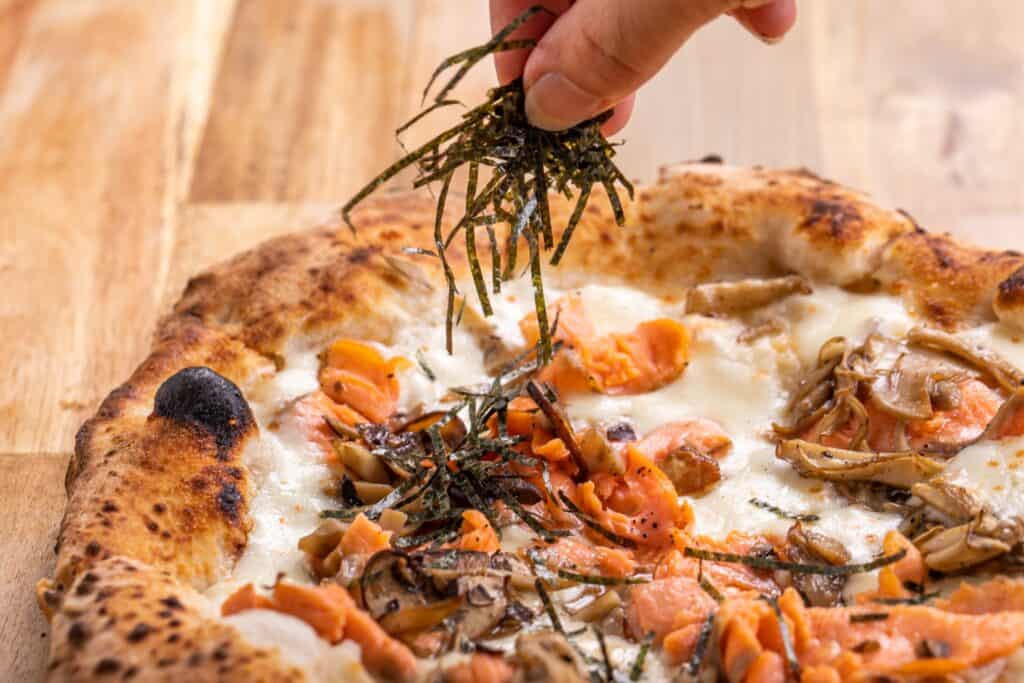
Japanese-style pizza often features uniquely local toppings like mentaiko (spicy cod roe), nori (seaweed), teriyaki chicken, and mayonnaise. While not traditionally served in old-school yoshoku restaurants, it has become a standard offering in modern establishments. Japanese pizzas tend to have a thinner crust than American versions but are not quite as minimalist as Neapolitan style. The yoshoku interpretation often includes creative fusion elements like wasabi mayo drizzles or shiso leaf garnishes, bridging Italian techniques with Japanese flavor profiles.
7. Roast Beef (ローストビーフ)
71.4 points (voted by 252 people)
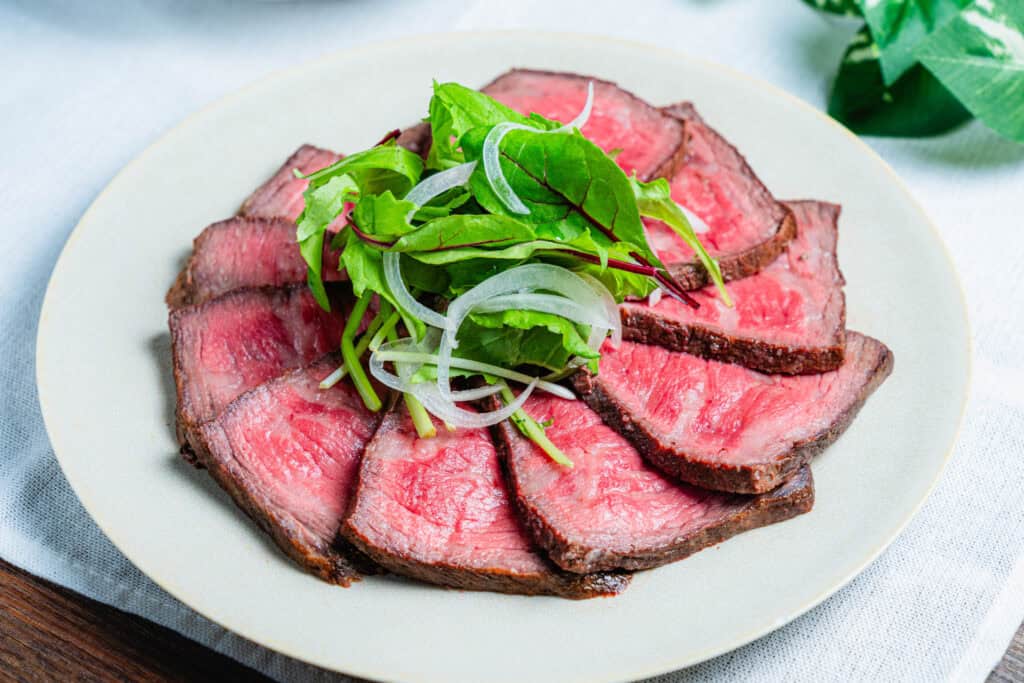
Japanese roast beef is typically served cold or at room temperature, thinly sliced and arranged artfully on the plate. Unlike the hefty portions common in Western countries, yoshoku roast beef emphasizes quality and presentation over quantity. It’s often served with a special Japanese-style gravy or sauce that balances savory and slightly sweet notes, accompanied by wasabi, freshly grated horseradish, or mustard. Premium yoshoku restaurants may use wagyu beef, cooking it sous-vide before a quick sear to achieve the perfect rare to medium-rare temperature throughout.
8. Gratin (グラタン)
70.9 points (voted by 281 people)
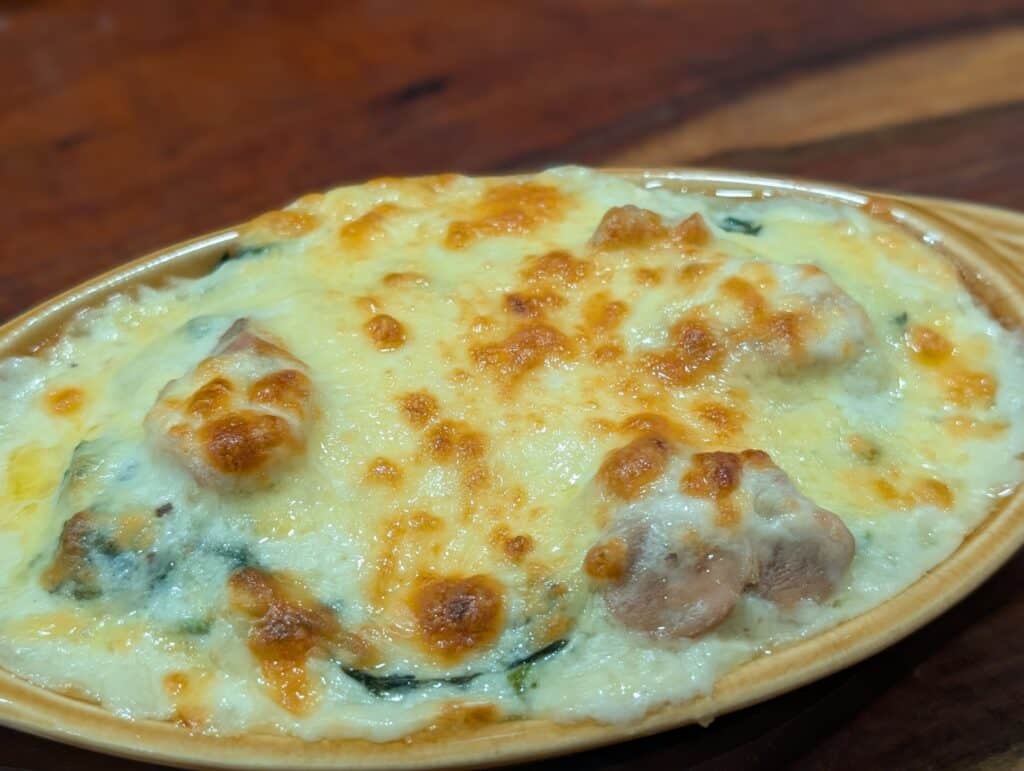
The Japanese take on this French classic features a creamy béchamel sauce baked over macaroni, seafood, or vegetables until golden brown. Yoshoku gratins typically use a lighter hand with cheese compared to Western versions, allowing the delicate flavors of the ingredients to shine through. Popular variations include seafood gratin with shrimp and scallops, chicken and mushroom gratin, and macaroni gratin – a particular favorite among children. The dish is typically served bubbling hot in individual gratin dishes, creating a dramatic presentation that’s both comforting and elegant.
9. Ebi Fry (エビフライ)
68.9 points (voted by 267 people)

These Japanese-style breaded and deep-fried shrimp are a yoshoku staple, distinguished by their straight shape (unlike the curved tempura style) and panko breadcrumb coating. The shrimp are typically butterflied, coated in flour, dipped in egg, and then rolled in panko before deep-frying to achieve a remarkably light and crisp texture. They’re traditionally served with a small dish of Worcester-based sauce and tartar sauce, accompanied by shredded cabbage. High-quality yoshoku restaurants pride themselves on using fresh, large shrimp and precise frying techniques to ensure the seafood remains juicy while the coating achieves perfect crispness.
10. Gyutan (牛タン)
68.9 points (voted by 74 people)
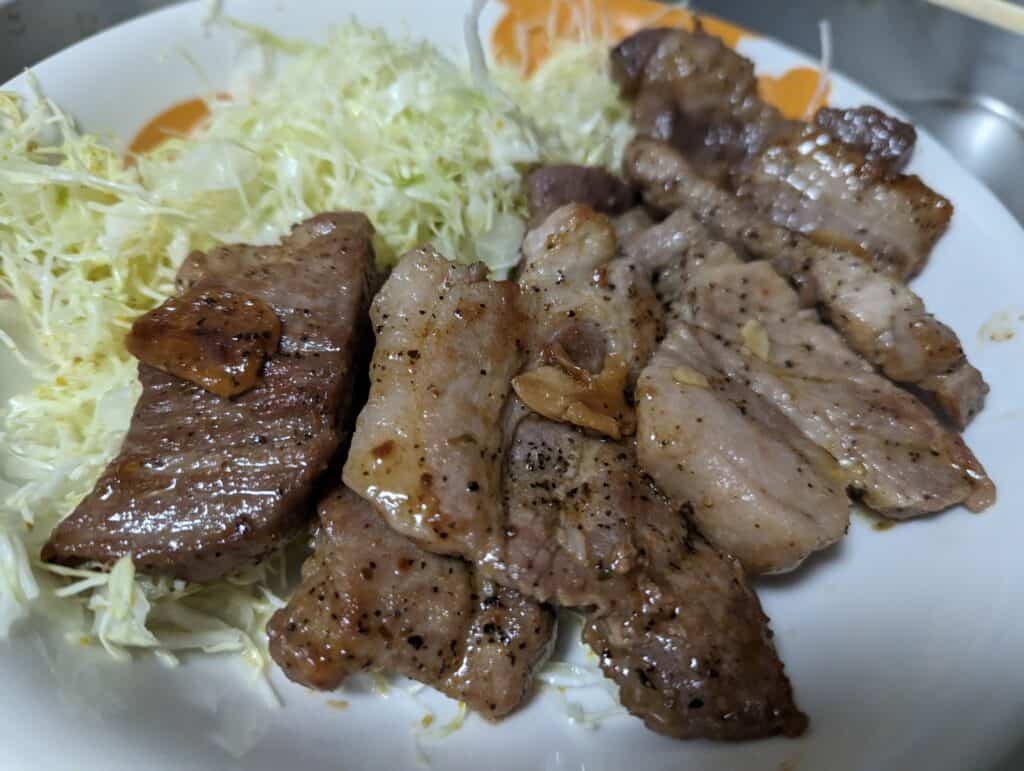
While originally associated with yakiniku (Japanese BBQ) restaurants, beef tongue has found its way onto yoshoku menus as well. In yoshoku establishments, gyutan is often served thinly sliced and grilled, then topped with a Western-influenced sauce like demi-glace or mustard cream. The dish showcases the Japanese talent for transforming potentially tough cuts into tender delicacies through precise slicing and cooking techniques. The contrast between the slightly chewy texture and rich, beefy flavor makes this a sophisticated choice for yoshoku enthusiasts.
11. Corn Potage (コーンポタージュ)
68.1 points (voted by 191 people)
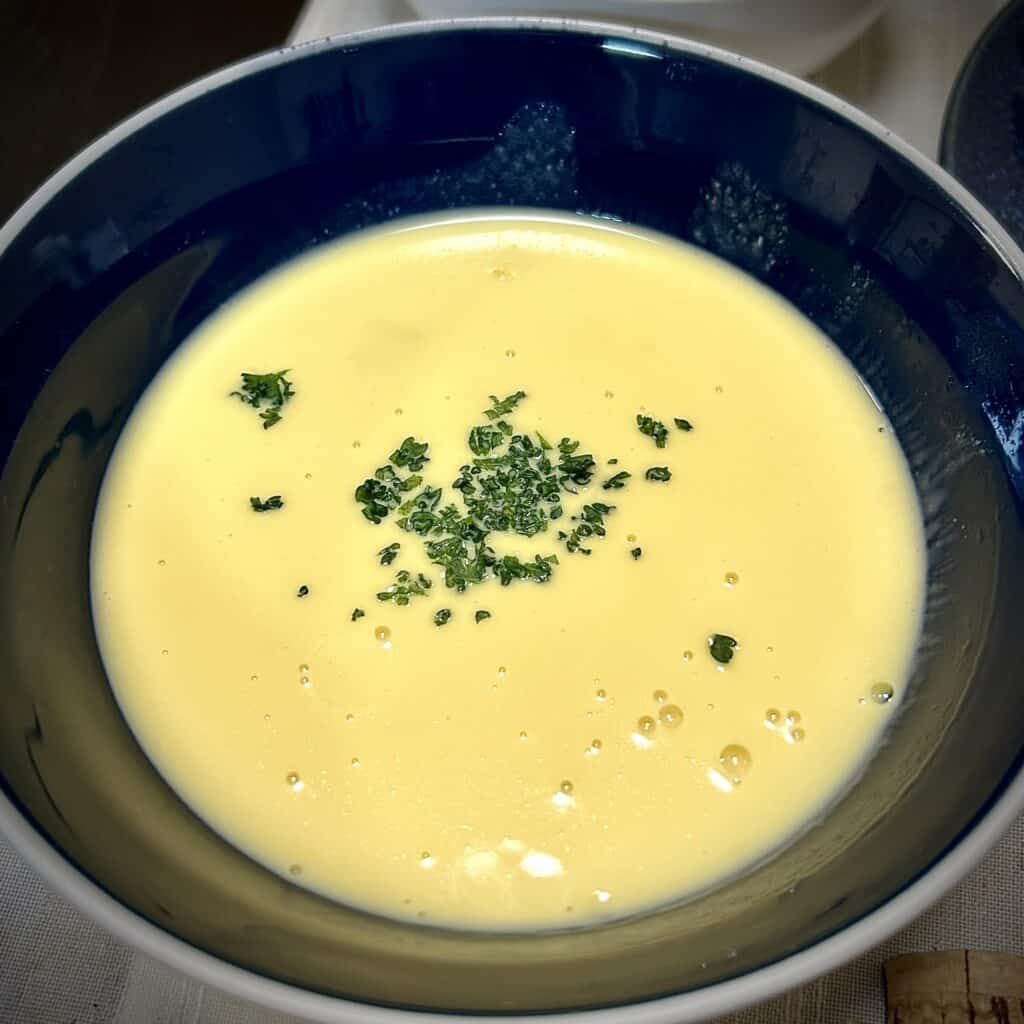
This velvety corn soup is a yoshoku classic, appearing on menus from family restaurants to high-end establishments. The Japanese version tends to be sweeter and creamier than Western corn soups, often made with both corn kernels and corn purée for textural contrast. It’s typically garnished simply with fresh black pepper and sometimes a sprinkle of parsley. Many yoshoku restaurants serve it as part of a set meal, but it’s beloved enough to be ordered on its own, especially during colder months. The dish’s popularity has even led to instant and canned versions becoming convenience store staples.
12. Croquette (コロッケ)
67.3 points (voted by 197 people)
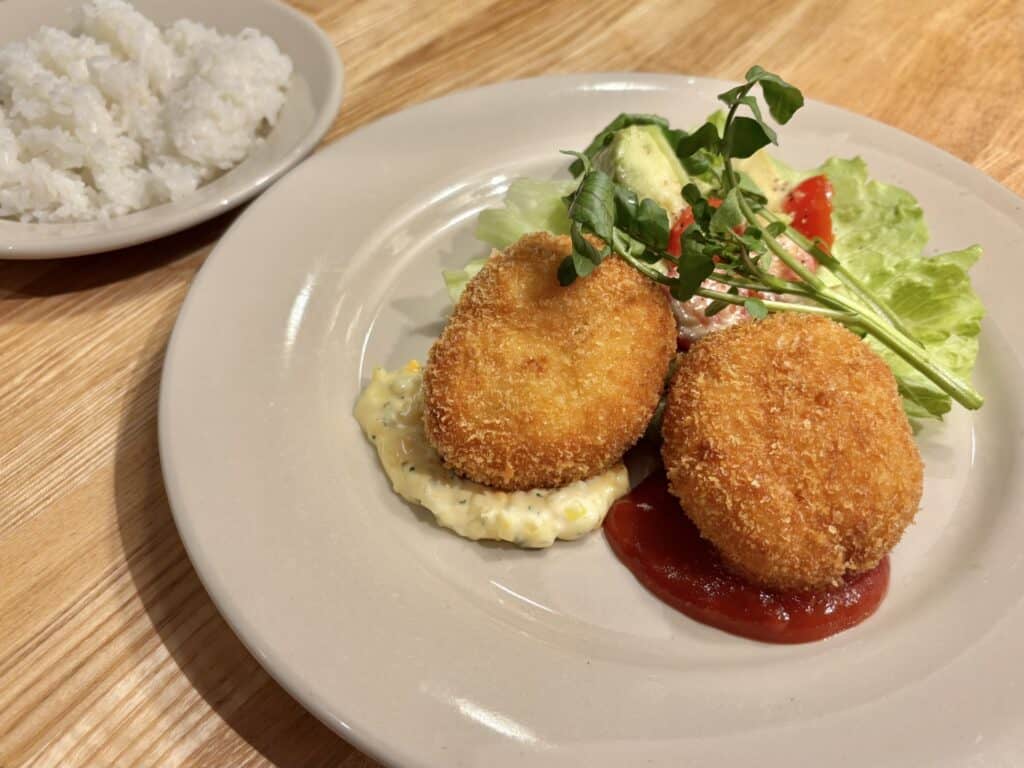
Japanese croquettes feature a filling of mashed potatoes mixed with minced meat, seafood, or vegetables, then breaded and deep-fried to golden perfection. The yoshoku version typically has a softer, creamier interior than French croquettes, with a delicate, crispy panko coating. Classic varieties include potato and minced beef, creamy crab, and vegetable versions featuring corn, onions, and carrots. They’re typically served with a drizzle of tonkatsu sauce or demi-glace. In yoshoku restaurants, croquettes may be served as an appetizer or as part of a main dish set, often accompanied by shredded cabbage and rice.
13. Doria (ドリア)
67.2 points (voted by 163 people)
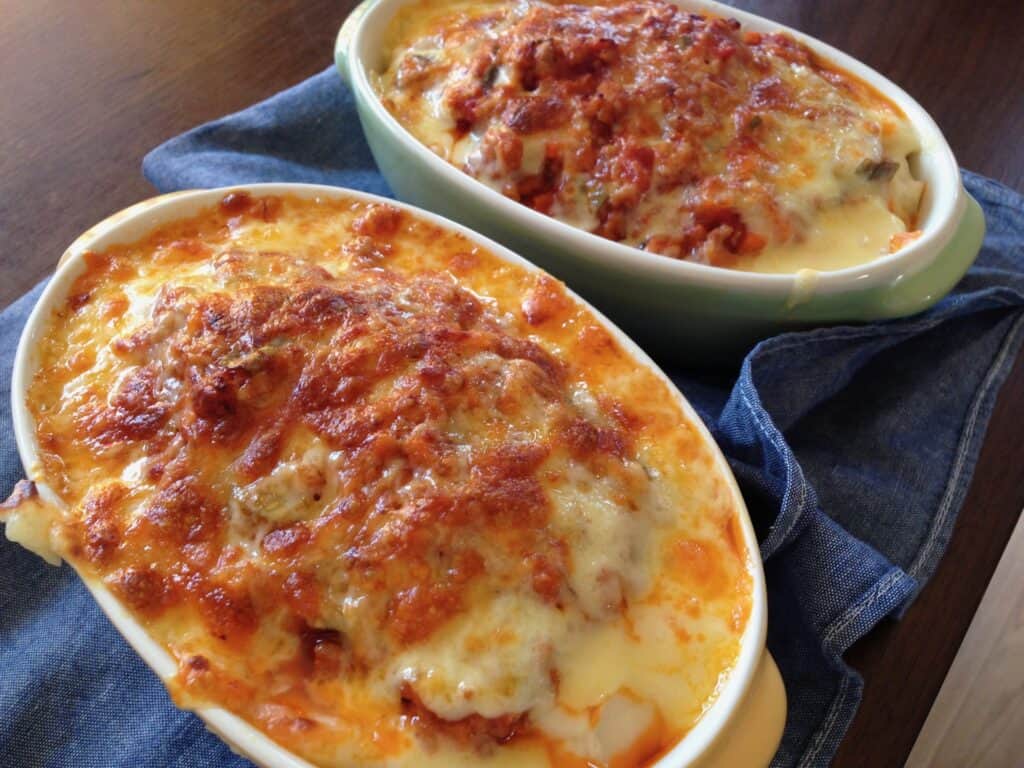
A uniquely Japanese creation inspired by French gratins, doria features a layer of rice topped with sautéed ingredients, béchamel sauce, and cheese, then baked until golden and bubbly. Common variations include seafood doria with shrimp and scallops, chicken doria with mushrooms, and meat sauce doria with a bolognese-style topping. The dish was reportedly invented at the Hotel New Grand in Yokohama in the 1930s by Swiss-trained chef Saly Weil, making it one of the earliest yoshoku innovations. Modern yoshoku restaurants often serve doria in individual casserole dishes, creating a dramatic presentation when it arrives steaming hot at the table.
14. Menchi Katsu (メンチカツ)
66.9 points (voted by 100 people)

This breaded and deep-fried meat patty differs from hamburg steak in its crispy panko coating. The filling typically consists of ground beef and pork mixed with sautéed onions and seasonings, though gourmet versions might incorporate foie gras or premium wagyu. The name comes from the English word “minced,” referring to the ground meat filling. In yoshoku restaurants, menchi katsu is often served with Worcester-style sauce or tonkatsu sauce, accompanied by shredded cabbage and rice. Some establishments are known for their special preparations, such as deep-frying at lower temperatures for longer periods to ensure the center is cooked while maintaining juiciness.
15. Omelet (オムレツ)
66.3 points (voted by 94 people)
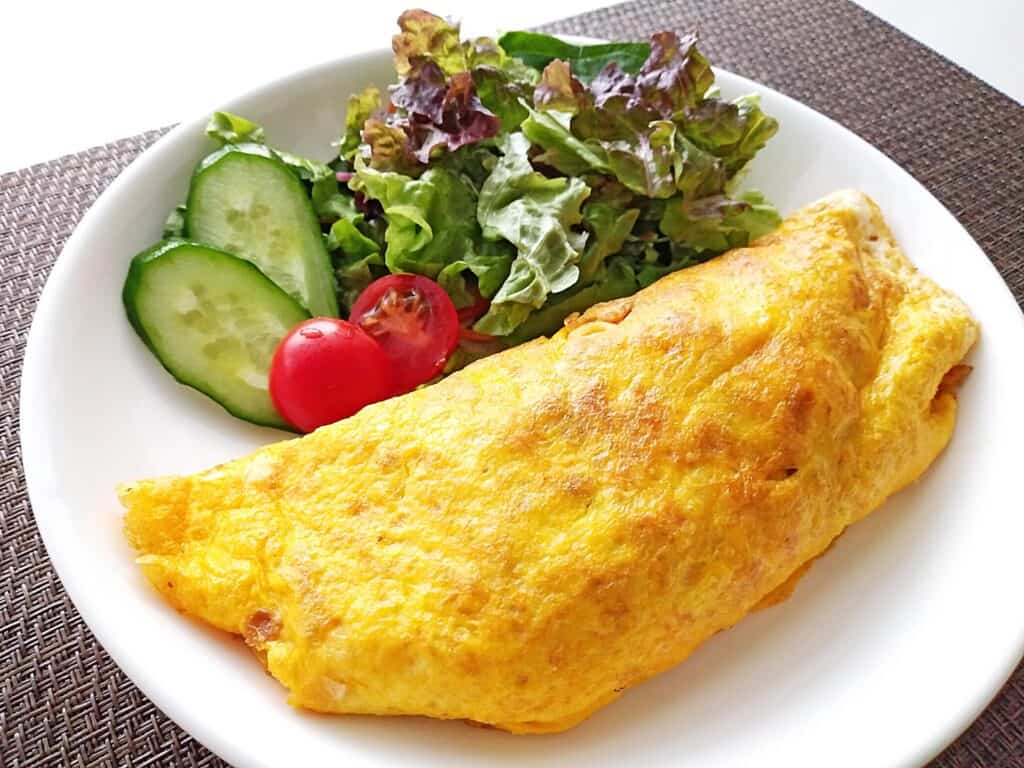
The Japanese-style omelet in yoshoku cuisine differs from both French and American versions. It’s typically folded into a neat rectangular or oval shape, cooked until just set but still creamy inside, and often filled with ham, cheese, or sautéed mushrooms. Yoshoku omelets are frequently served with a light demi-glace or ketchup-based sauce rather than being served plain. In high-end yoshoku restaurants, the omelet might be prepared tableside with theatrical flair, demonstrating the chef’s precise technique and timing. The dish is valued for its delicate texture and is often featured in morning set menus at yoshoku establishments.
16. Carbonara (カルボナーラ)
65.9 points (voted by 193 people)
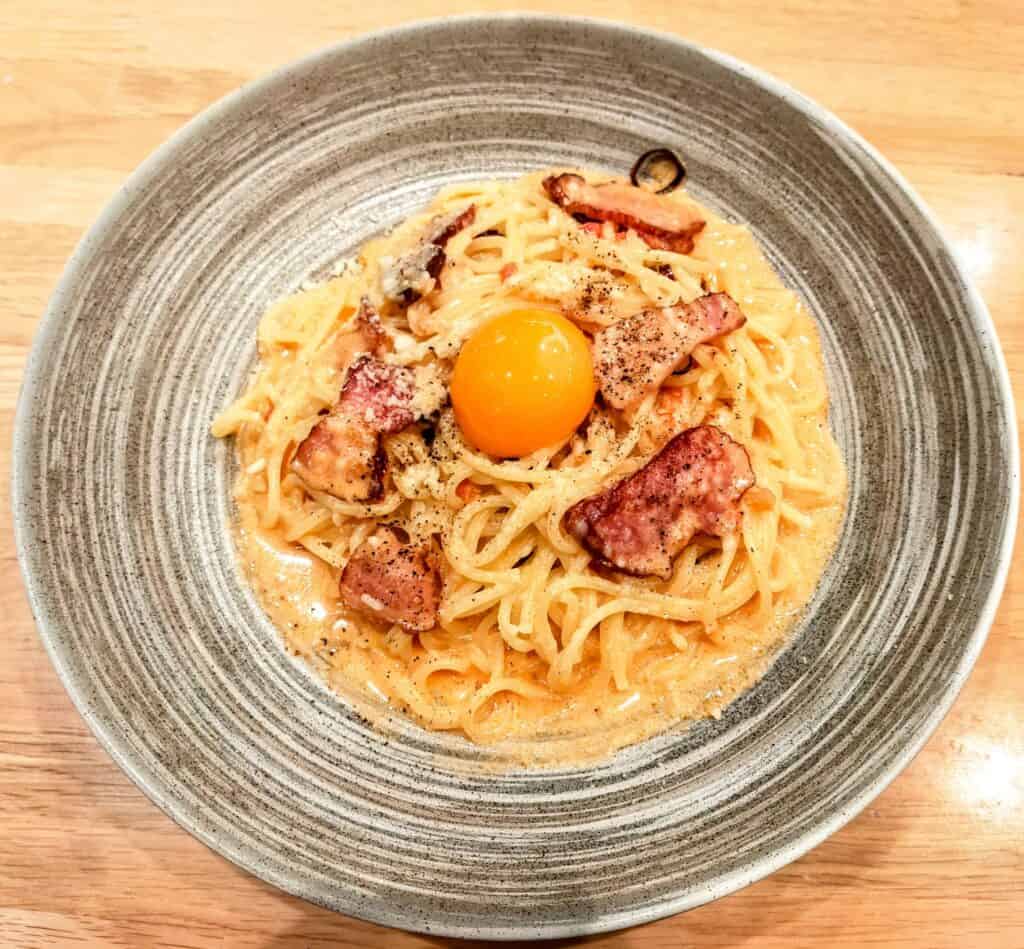
The Japanese interpretation of this Italian classic typically features a creamier sauce than the traditional Roman version, often incorporating heavy cream along with eggs, bacon (or pancetta), and black pepper. Yoshoku carbonara tends to be milder in flavor, with a smoother texture that appeals to Japanese palates. Some creative yoshoku chefs incorporate uniquely Japanese elements like mentaiko (spicy cod roe) or thin slices of nori as garnish. The dish is typically served with spaghetti, though variations with fettuccine or other pasta shapes are becoming more common in modern yoshoku establishments.
17. Hayashi Rice (ハヤシライス)
65.5 points (voted by 195 people)

Often confused with curry rice by visitors, hayashi rice features a rich, brown demi-glace based sauce with beef and mushrooms served over rice. The dish reportedly dates back to the early 20th century and may be named after a chef named Hayashi, though its exact origins remain disputed. The sauce typically incorporates red wine, tomatoes, and a Japanese-style demi-glace for a flavor that’s subtly sweet and deeply savory. Traditional yoshoku restaurants often simmer their hayashi sauce for days to develop its complex flavor profile. The dish is typically garnished with green peas and may be served with fukujinzuke (Japanese pickled vegetables) on the side.
18. Beef Stew (ビーフシチュー)
65.3 points (voted by 211 people)

Japanese beef stew differs from Western versions in its velvety texture and slightly sweeter flavor profile. The yoshoku interpretation typically features tender chunks of beef simmered with carrots, onions, and potatoes in a rich sauce incorporating red wine, tomato, and sometimes a touch of chocolate for depth. The sauce is usually thickened to a silky consistency and has a more refined presentation than rustic Western stews. In high-end yoshoku restaurants, beef stew might feature premium Japanese beef and be served in elegant individual portions rather than family-style. It’s typically accompanied by rice or bread, allowing diners to enjoy every last bit of the luxurious sauce.
19. Tarako Pasta (たらこパスタ)
65.0 points (voted by 167 people)
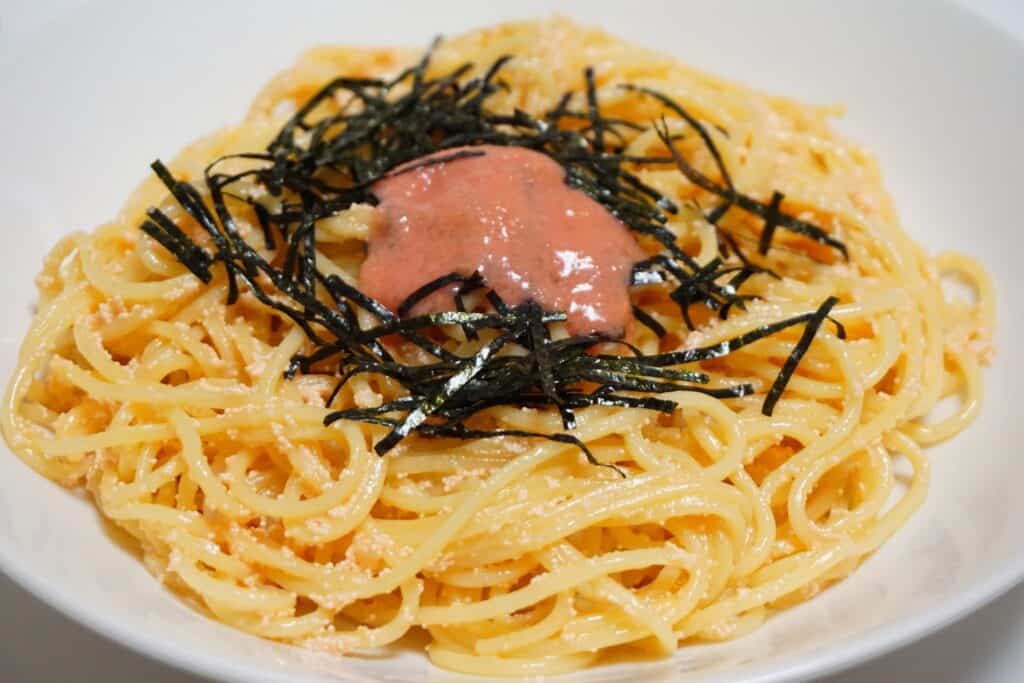
This uniquely Japanese pasta dish features spaghetti tossed with mentaiko or tarako (types of salted pollock roe), butter, and sometimes cream. The roe creates a rich, briny sauce that coats each strand of pasta with tiny, popping beads of flavor. While not traditionally part of old-school yoshoku, it has become a modern classic that perfectly exemplifies Japan’s talent for creative fusion. Variations include mentaiko cream pasta (with the addition of heavy cream) and mentaiko and ika (squid) pasta. The dish is typically garnished with shredded nori (seaweed) and sometimes a raw egg yolk for added richness, creating a distinctly Japanese flavor profile using Italian techniques.
20. Scrambled Eggs (スクランブルエッグ)
64.9 points (voted by 59 people)
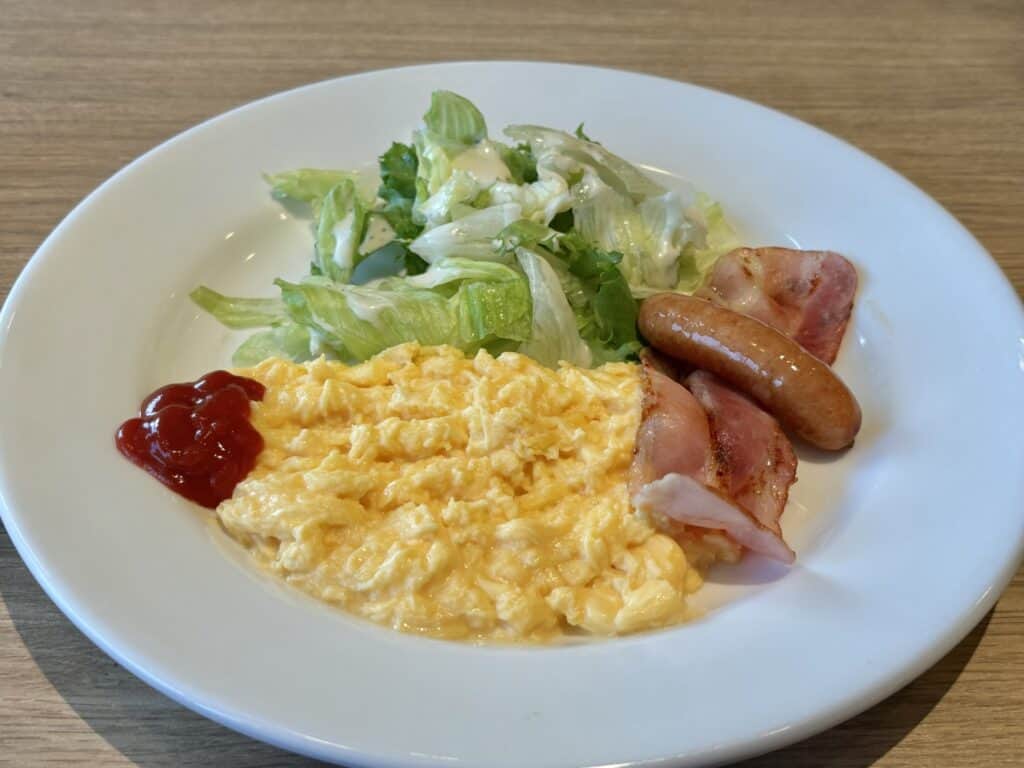
Japanese-style scrambled eggs are typically softer and creamier than Western versions, cooked slowly and gently to maintain a silky texture. In yoshoku restaurants, they’re often served as part of a morning set with thick-cut toast, salad, and coffee, though they also appear as sides with hamburg steak or other main dishes. Some establishments elevate this simple dish with premium ingredients like truffle butter or fresh herbs. The cooking technique focuses on creating delicate, small curds rather than larger pieces, resulting in a luxurious, almost custard-like consistency that showcases the quality of the eggs themselves.
Data source: Minna no Ranking
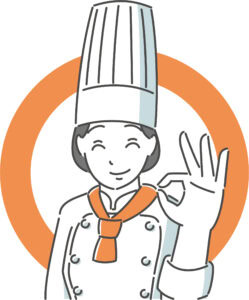
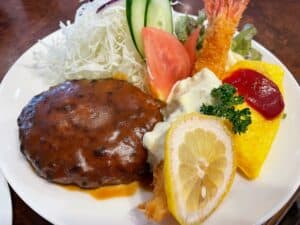
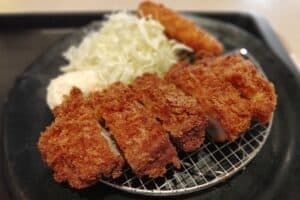



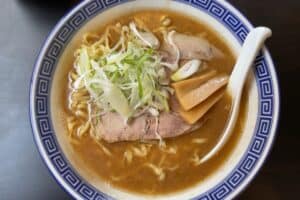
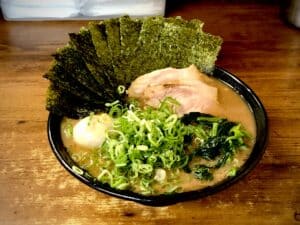
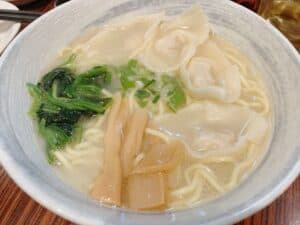

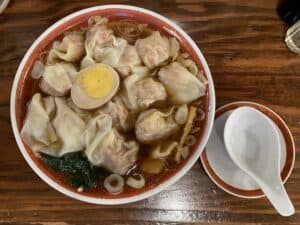

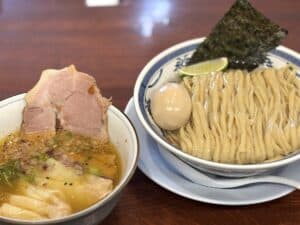
コメント
コメント一覧 (2件)
[…] Location あわせて読みたい Top 20 Popular Yoshoku Dishes in Japan (2025 Edition) The following ranking represents the top 20 favorite yoshoku (Japanese-style Western cuisine) […]
[…] most influential restaurant review site, establishments wi… あわせて読みたい Top 20 Popular Yoshoku Dishes in Japan (2025 Edition) The following ranking represents the top 20 favorite yoshoku (Japanese-style Western cuisine) […]